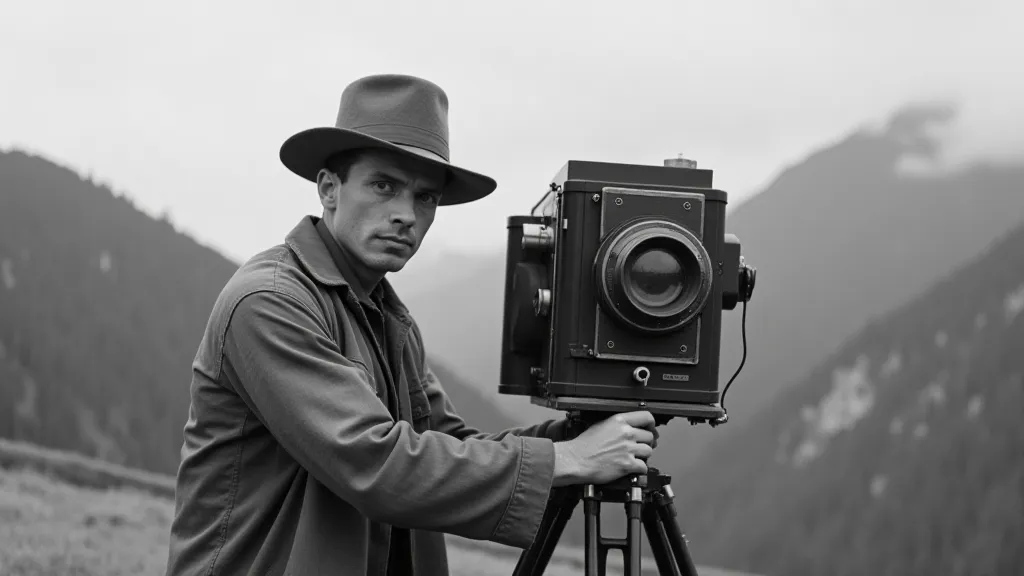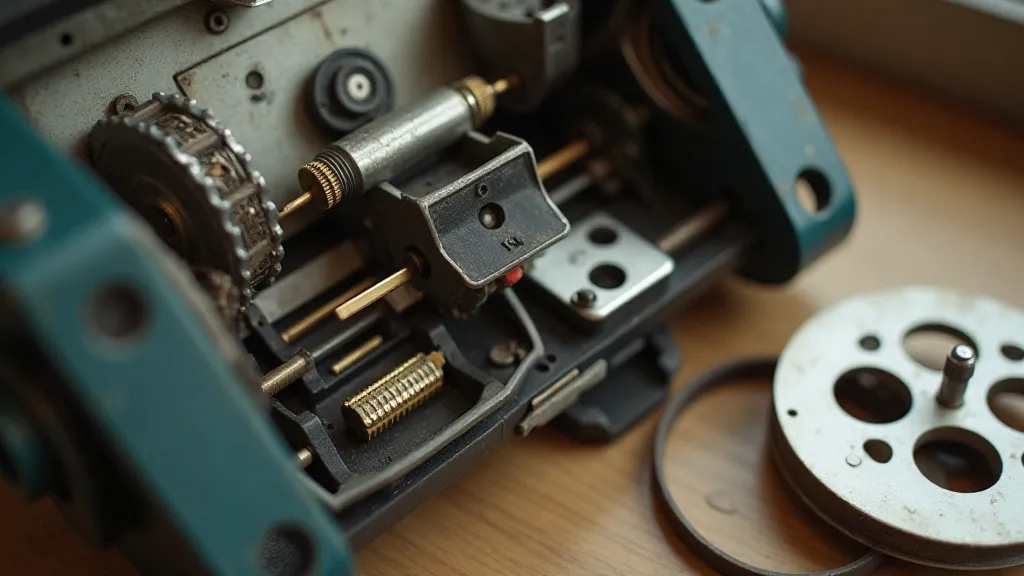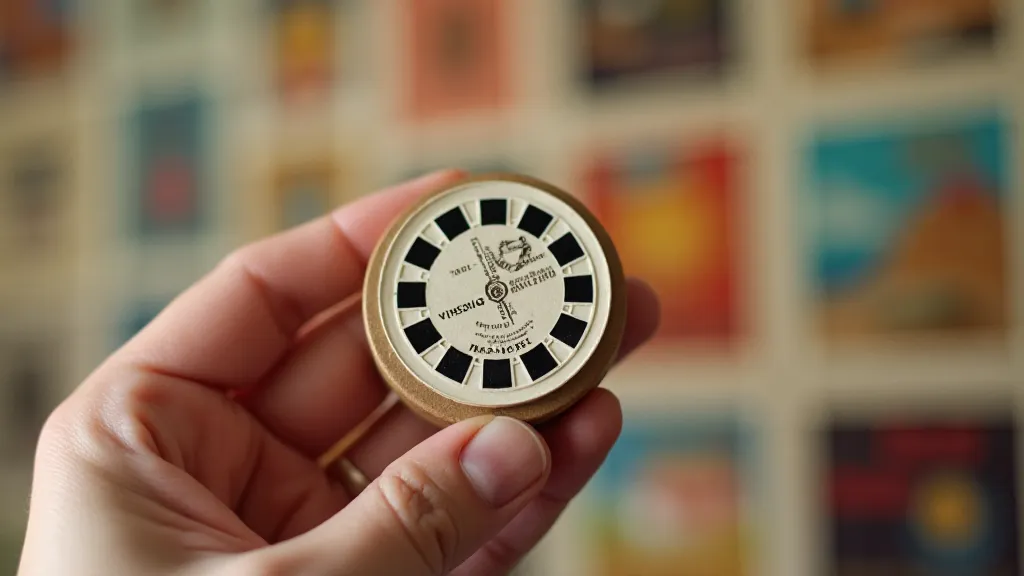Beyond the Reels: The People Behind the View-Master Experience
The gentle whir of the reels, the miniature landscapes flickering before your eyes… for many of us, the View-Master evokes a profound sense of nostalgia. It’s more than just a toy; it's a portal to childhood wonder, a time capsule brimming with adventure. But behind the captivating images lies a fascinating story – a story woven by the hands and minds of countless individuals who dedicated their skills to creating this beloved device and its accompanying reels. It’s a story that extends far beyond the simple mechanics of optics and cardboard.
We often focus on the reels themselves – the scarcity of certain sets, the rarity of specific images – but to truly appreciate the View-Master, we must look beyond them and consider the people who made it all possible. It’s a tapestry of artistry and engineering, a testament to the collaborative spirit of innovation.
The Photographers: Capturing Moments in Miniature
Imagine being tasked with photographing iconic landmarks, bustling cities, and exotic wildlife, knowing that your work would be reduced to a tiny, flickering image, viewed through a handheld device. This was the reality for the photographers who documented the world for View-Master reels. Companies like Sawyer’s, Stereoscopic Photography Co., and View-Master themselves employed a stable of talent, often sending them on expeditions around the globe. These weren't just snapshots; they were meticulously planned and executed to capture the essence of a place, ensuring the stereoscopic effect – the feeling of depth and realism – was maximized.
The technical challenges were immense. Early color photography was still in its infancy, requiring lengthy exposures and delicate processing. And the need for pairs of images, perfectly aligned and in focus, demanded incredible precision. Names like Fred Taylor, a prolific photographer for Sawyer's, became synonymous with the View-Master experience, his work transporting viewers to distant lands. His photographs of the Swiss Alps, the Mayan ruins, and the Taj Mahal remain among the most sought-after by collectors today. Their artistry wasn't just about the composition; it was about translating a grand, three-dimensional scene into a series of flat images that would still ignite the imagination.

The Illustrators: Bringing Imagination to Life
Not all View-Master reels were photographic. Many showcased animated stories, fairytale lands, and fictional characters. This is where the illustrators came into their own. These artists possessed the unique ability to conjure fantastical worlds and populate them with captivating imagery, all while adhering to the technical constraints of the stereoscopic process. Consider the Alice in Wonderland reels, the Mickey Mouse reels, or the Oz series – each a vibrant testament to the power of illustration.
Many of these illustrators were working at the height of the Golden Age of Illustration, a period known for its distinctive style and meticulous detail. They weren’t merely drawing pictures; they were crafting miniature narratives, each frame carefully planned to advance the story and engage the viewer. They understood the interplay of color and light, the importance of perspective, and the power of a well-placed detail to create a truly immersive experience. The artistry required extended beyond simply drawing – it demanded an understanding of how these images would be experienced in a three-dimensional format, enhancing the illusion of reality.
The Engineers: The Mechanics of Wonder
Of course, the reels and the viewer itself were the product of diligent engineering. The early View-Master designs were relatively simple, but the refinements over the decades – the introduction of color, the development of the Mark II viewer with its improved focus, the creation of the panoramic reels – all required a sophisticated understanding of optics, mechanics, and manufacturing processes.
Imagine the challenges of producing millions of perfectly aligned lenses, ensuring consistent image quality, and developing a durable and reliable viewer that could withstand the rigors of childhood use. The engineers at View-Master and its associated companies constantly sought to improve the technology, pushing the boundaries of what was possible. Their efforts resulted in a device that was not only entertaining but also remarkably innovative for its time. The delicate balance of mechanics and light – the very heart of the View-Master experience – was the result of countless hours of experimentation and refinement.

A Legacy of Collaboration
The enduring appeal of the View-Master isn's simply about the images themselves; it's about the collective effort that brought them to life. It's a story of photographers venturing into remote corners of the world, illustrators conjuring fantastical realms, and engineers pushing the boundaries of technology. These individuals, often working behind the scenes, combined their talents to create a truly unique and captivating experience. Their contributions represent a fascinating intersection of art, science, and innovation.
As collectors restore and preserve these vintage treasures, it’s crucial to remember the people who made them possible. Understanding the process – appreciating the skill and dedication that went into creating each reel – enhances the enjoyment and the sense of connection to the past. Each reel is not merely a collection of images; it is a tangible link to a vibrant and creative community, a testament to the power of human ingenuity and imagination. The subtle imperfections – a slight blur in a photograph, a faint scratch on a reel – these aren't flaws; they are echoes of the hands that crafted them, reminders of the human element in a seemingly simple toy. They whisper stories of adventure, artistry, and the enduring magic of the View-Master.

Restoring a View-Master reel isn't just about cleaning and repairing cardboard; it's about preserving a piece of history, a legacy of creativity and collaboration. It's about acknowledging the people who made it possible, and sharing their stories with future generations.




